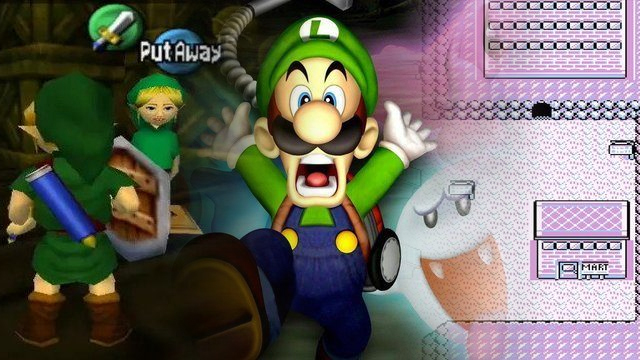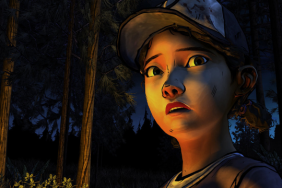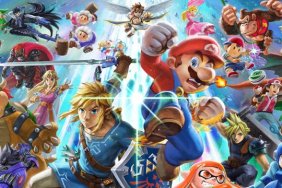For as long as video games have been around, developers have loved to toy with their audiences. Be it hidden messages or intentional glitches, game makers purposefully add brief distractions to either keep players intrigued or creep them out entirely. Whether this was the ultimate intention or not, the titles on this list are responsible for spawning some of the most disturbing video game urban legends the gaming community has ever known. Keep in mind that the following are myths, thus should be considered fictitious in nature. This being said, prepare to get scared.
Disturbing Video Game Urban Legends – Polybius
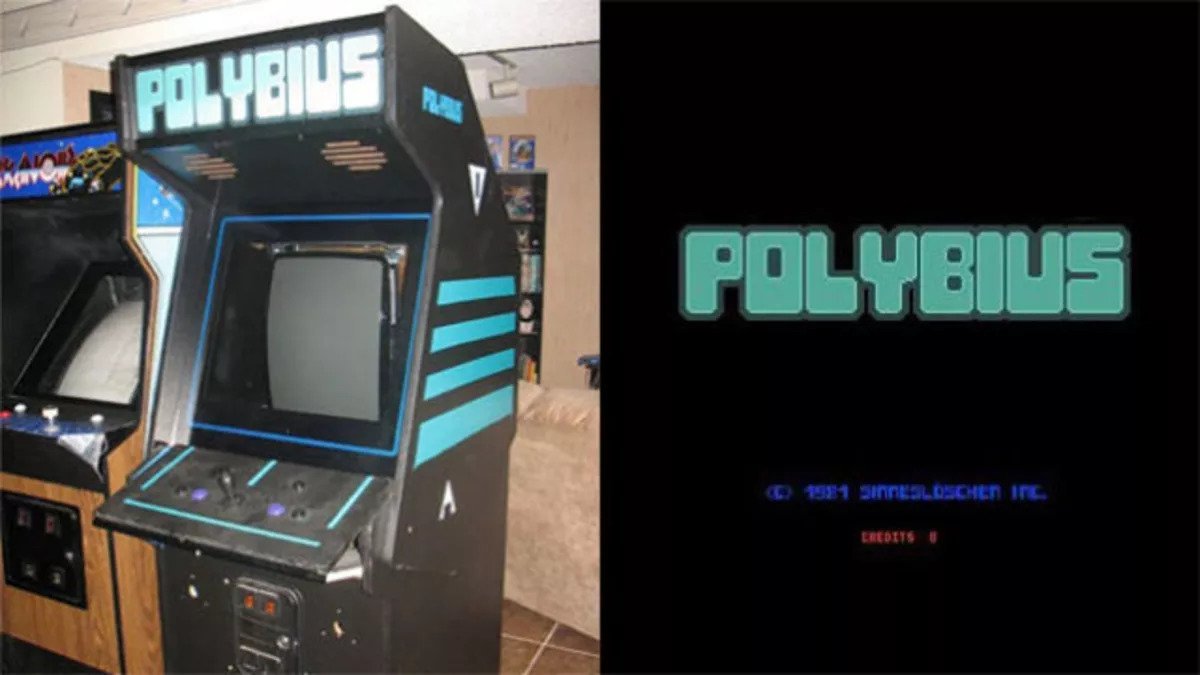
The story of Polybius isn’t grounded on a whole lot of concrete evidence. As of the time of this writing, the game is make-believe and has yet to be officially associated with any industry publisher or developer. Despite this, however, it somehow manages to be quite terrifying when imagined in context. In 1981, arcades in and around Portland, Oregon, were supposedly delivered arcade cabinets housing a title called Polybius. Little was known about the game, but that didn’t stop it from being played by a lot of curious enthusiasts eager to get their arcade fix. The title was cited as quickly surging in popularity, though that did come at a price.
A lot of people who claimed to have played the game reported feeling sick and nauseous. Two young men purportedly even experienced seizures on the same day within the same arcade. The urban legend goes that Polybius may have been a title designed by the United States government as a means of determining combat fitness, with it containing addictive and psychoactive qualities intended to hook players. Though just an urban myth, this legend did go on to reportedly influence the 1984 film The Last Starfighter, which sees a teenager recruited by a bunch of aliens who monitor him using an arcade game.
Disturbing Video Game Urban Legends – Lavender Town Syndrome (Pokemon Red and Green)
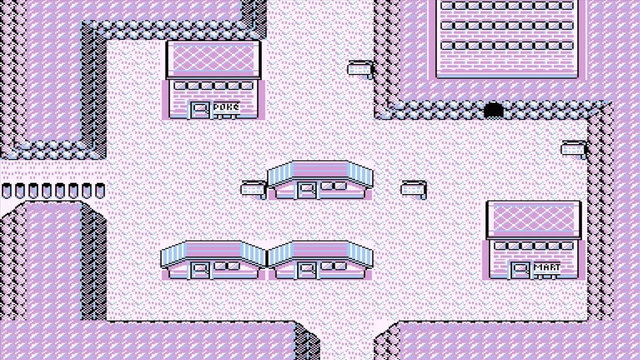
When Pokemon Red and Green released in Japan in 1996, it quickly became a commercial success for parent company Nintendo. The launch may not have gone as smoothly as one may have thought, however, as the “Lavender Town Syndrome” myth suggests that an influx of children between the ages of 7 and 12 supposedly began committing suicide shortly after the games came out. No records indicate that this is actually true, though that didn’t stop this urban myth from gaining momentum.
Each title sees trainers journey to a haunted area called Lavender Town. The music here is high-pitched and creepy (listen above). This urban legend suggests that Nintendo’s adult playtesters may have just dismissed this and simply moved on. The myth also states that to children with underdeveloped ears, the melody appears more sinister and headache-inducing, convincing them to end their lives. Though this myth was never acknowledged by Nintendo, the publisher did change Lavender Town’s tone when Pokemon Red and Blue released stateside.
Disturbing Video Game Urban Legends – Luigi’s Death (Luigi’s Mansion)
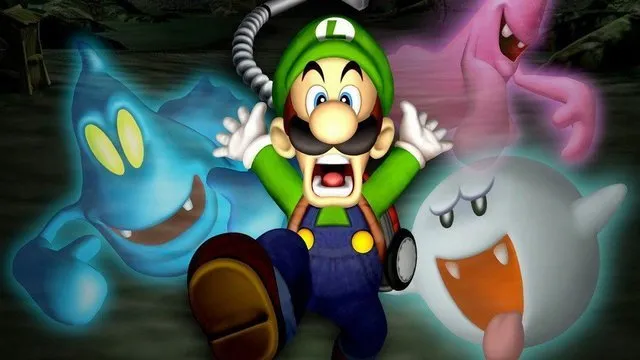
Would you believe that before being sliced up by death itself, Luigi actually ended his own life during a previous incarnation? To make matters even more disturbing, the green plumber may have done this over the course of his own game, Luigi’s Mansion. During a level in the title, players must venture into a room to answer a phone. As Luigi picks up, a flash of lightning reveals the character’s shadow hanging from the ceiling, seemingly with a nose tied around his neck. It was rumored that Luigi’s Mansion was originally meant to be a darker game, though fans would have never guessed it was meant to be this dark.
Disturbing Video Game Urban Legends – The Hall of Tortured Souls (Excel 95)
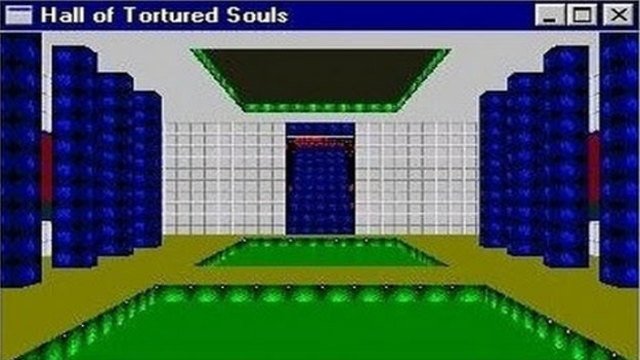
This list was going to take a weird turn eventually. Though the Hall of Tortured Souls hidden inside copies of Excel 95 is an obvious plug for the developers behind the software, this level will undoubtedly be used as “evidence” against Microsoft’s nefarious Satan worship for many more years to come.
If you happen to have a copy of the program lying around (because why wouldn’t you?), you can access this hellscape of green pools, blue columns, and red names by scrolling down to row 95, selecting the entire row, tabbing over column B, going to the help/about center, pressing control, alt, and shift at the same time, and clicking the tech support button. Say hello to the devil for us while you’re there.
Disturbing Video Game Urban Legends – Ben Drowned (The Legend of Zelda: Majora’s Mask)
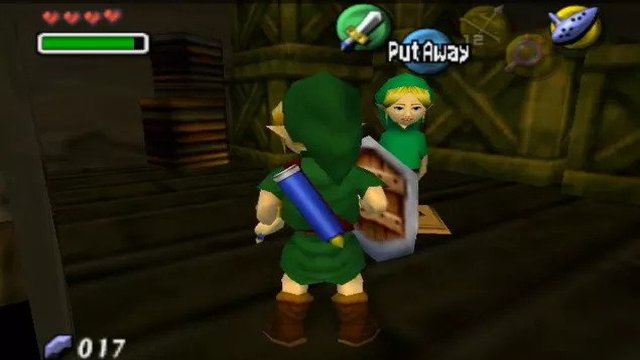
Nintendo may really like traumatizing its fans. Though The Legend of Zelda: Majora’s Mask is pretty disturbing on its own, the fictitious story of a deceased boy named Ben and a haunted copy of the title ushers this Nintendo 64 classic into nightmare territory.
The urban legend starts with an innocent child buying a used cartridge of Majora’s Mask from an old man hosting a yard sale. The kid goes home and pops the game into his system. He notices a save slot already existing for someone named Ben, so decides to start a new save as Link. Throughout the title thereafter, the child’s character is constantly referred to as Ben despite the fact that the save slot reads Link. Thinking it’s a glitch, the kid deletes Ben from the cartridge.
This leads to the characters in the game not referring to the player at all. As weird as that is, the kid was able to journey through the story normally from that point on — at least until he tried the infamous fourth day glitch, an exploit that allows people to play beyond the third day. From here, NPCs began to mysteriously disappear from their usual locations. The musical score began to play backwards, too, plus people in the game started telling Link that he “shouldn’t have done that.” Videos document this supposed incident, though many sleuths consider this to be an elaborate hoax today. It does make for an exciting story, though!
Disturbing Video Game Urban Legends – Squall’s Death (Final Fantasy VIII)
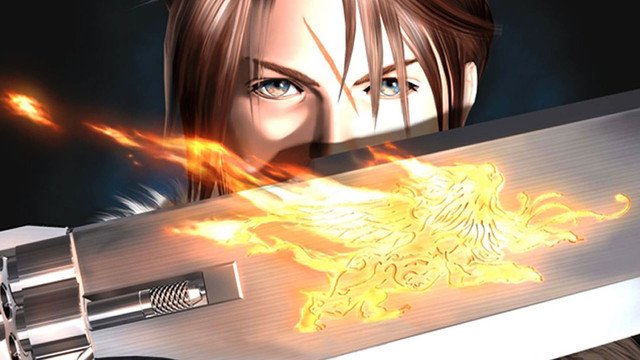
Final Fantasy VIII‘s Squall may have actually died at the end of disc one, right in front of our very eyes. In the battle with Edea, the angsty hero gets impaled by an icicle and is left to fall into an abyss. At the beginning of disc two, however, the protagonist wakes up in a prison with no wounds whatsoever. From this point on, a whole bunch of mystical hoo-ha takes place — a stark departure from what players are treated to during the more grounded, realistic half of the game. Squall may have actually died when he was impaled, and players navigate the character through his comatose dreams thereafter. As tragic as it sounds, it does make a whole lot of sense.
If your nerdy friends love games and ghost stories, the entries on this list are bound to make them shiver, especially during this time of the year. Remember to turn down the lights and keep your voice just above a whisper. That’ll creep them out even more.
